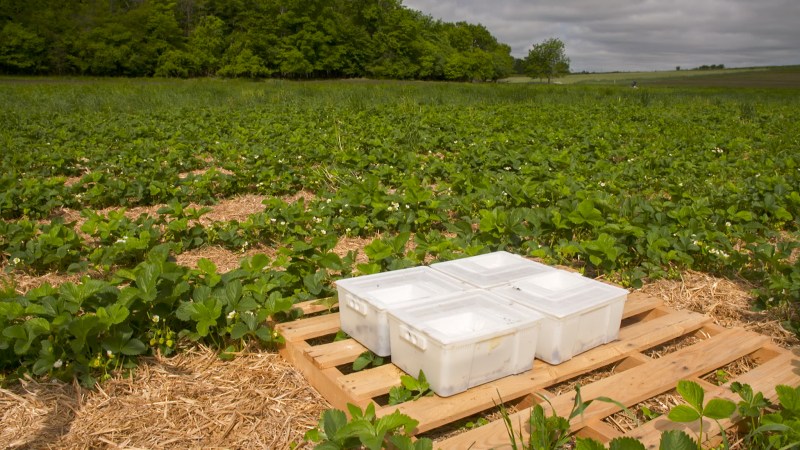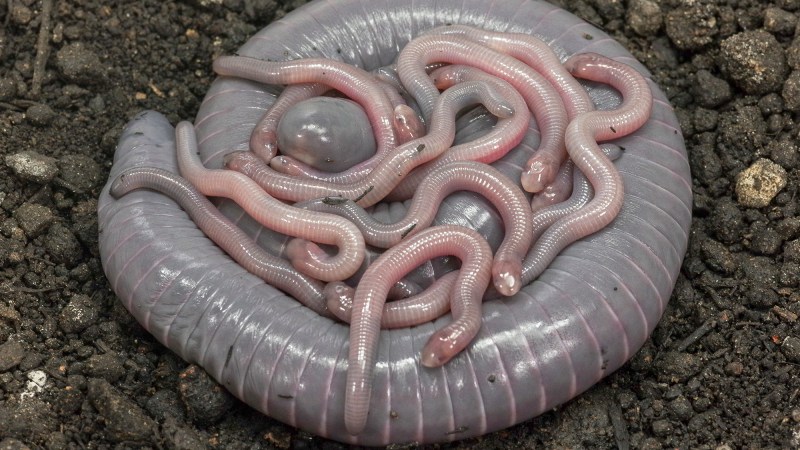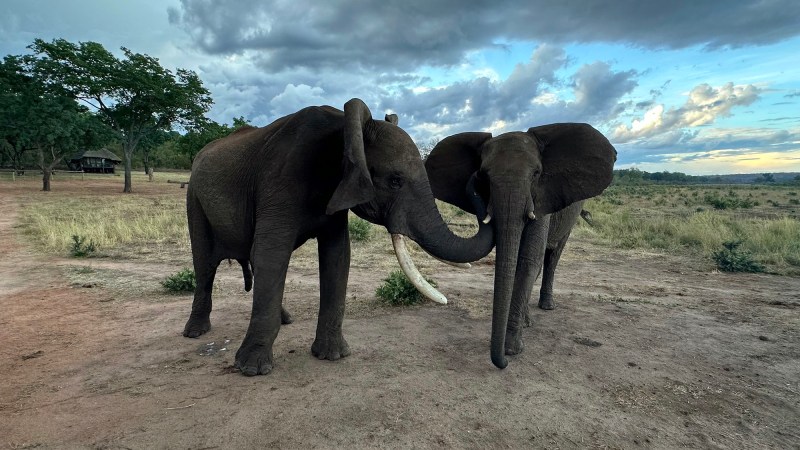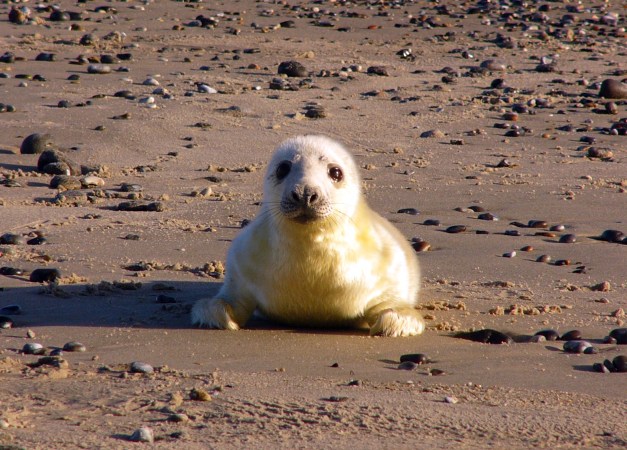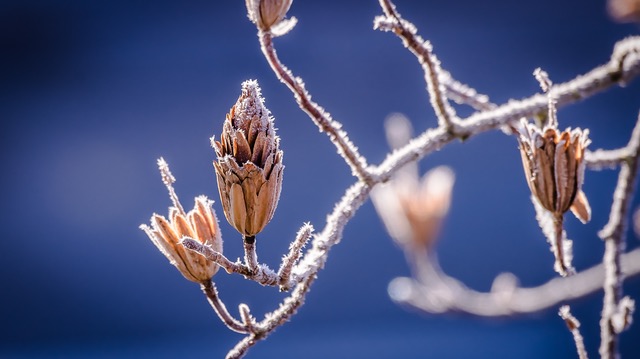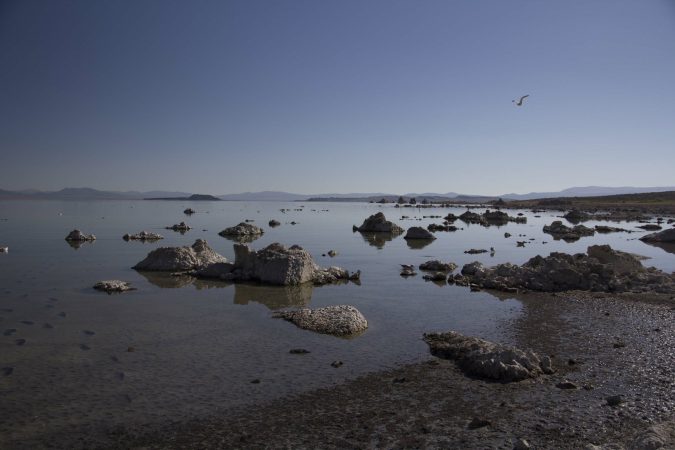

You may be having a rough day, but at least you didn’t have to swab the anal glands of a fully conscious meerkat. But we can’t all have jobs where we get to sit quietly in air conditioned offices. Some people spent November 2011 creeping up on unsuspecting meerkats lounging outside their dens to swab for bacteria inside their scent glands. No meerkats were harmed in the making of this study, but they probably weren’t thrilled about the whole thing.
These are the things biologists do for science. And it doesn’t end at anal gland swabbing—there was anal paste, too. Before we get to the gritty details (and here “gritty” is both metaphoric and literal), let’s pause for a moment to ask a crucial question: why were biologists swabbing meerkat butts in the first place?
It’s not an unreasonable question. Sure, everyone is wired differently and some people obviously aren’t that bothered by anal glands, but they’re still probably not going to do it just for kicks. No, these biologists are driven by a quest for knowledge. More specifically, they were curious how bacterial communities differ from meerkat to meerkat, and how those bacteria influence anal gland scent (aren’t we all?). Lots of animals use scent to send social signals. Anal gland secretions can help mark your territory or tell your fellow mammals that you’re ready to mate. They’re why dogs sniff each other’s behinds; they’re just trying to get to know one another. Meerkats do the same thing, but unlike dogs they live in complex social hierarchies.
Meerkats rub their little furry butts on bushes and rocks for much the same reason that the youths make graffiti: to make their mark on the world, literally. Neighboring colonies need to establish their grounds and alpha meerkats (read: not Timon from The Lion King) want to assert their smelly dominance. Just because our mongoose friends use their behinds doesn’t make it less legitimate. If anything, meerkats take their glands more seriously than we take our spray paint.

For a long time, there’s been a theory that the particular smell of an animal’s anal gland is more than just a product of its pores. It’s a combination of the au naturale scent and the bacteria that live inside the anal pouch. Meerkats produce anal paste (see, we got back around to it) in their anal gland, but before it gets to the outside world that paste travels into a little pouch. “Travels” is a nice euphemism for what looks a lot like Play-Doh being extruded from those horrifying doll heads from the ’90s. The anal paste gets squeezed through pores in the anal gland into the pouch, where it mixes with “fecal material and environmental contaminants,” (which is yet another euphemism, this time for poop and sand). Bacteria live in both the pouch and the gland, so there’s plenty of time for them to break down some of the key molecules in the paste.
It’s not enough to know that there are bacteria living in there, though. Nor is it enough to know that the types of bacteria vary between meerkats. You have to show that the chemicals produced by specific bacteria breaking down anal paste vary according to the bacteria type, and by meerkat traits. And to do that, you have to swab some glands. The group of biologists who took it upon themselves to do so published a similar study in 2014, but weren’t able to fully tie all the pieces together. They published their updated results on Monday in Scientific Reports.
As it turns out, meerkats living in Kuruman River Reserve in South Africa have become so habituated to human presence that a little anal swabbing is par for the course. Up until now, you were probably picturing an anal pouch as a small hole on their butts that extruded some kind of liquidy paste, kind of like a more musky anus. Think again.

Those pouches are wide open. They’re almost asking to be swabbed. Collecting the paste pre-pouch mixing required more finesse and some general anesthesia. To get pure anal paste, you have to partially evert the anal pouch, which means basically to turn it inside out. Then you have to gently—gently—squeeze the anal gland and collect the paste in a small tube. Presumably this is where alien myths come from in the meerkat world and perhaps why UFOs visiting Earth assume that we, too, want our anal glands probed.
By analyzing the chemical components of each meerkat’s anal paste, the biologists figured out that it was indeed due to native bacteria that the animals’ scents varied. A similar phenomenon has been observed in hyenas, but this is the first time specific bacteria have been linked to the odorants they produce in the paste. Before, we only had correlative evidence. The type of bacteria may vary between animals, but that could easily be because certain microorganisms tend to flourish depending on the composition of the paste. This evidence shows that it goes the other way—the bacterial profile is what’s giving the paste its distinct smell. Female meerkats have more Corynebacterium, while the males have more of a proteobacterium. Each of these microorganisms break down particular chemicals into odorous molecules, giving male and female meerkats their distinctive musks. The scent even varies between individual meerkats. Males tend to have more variation than females, which the authors think may be because males travel between colonies more and thus need to be able to adjust their microbiota more frequently.
Next up: understanding what each scent tells a meerkat. Sure, dominant meerkats have one smell and subordinate females another, but what actually tells a meerkat that? We can try asking them, though there’s really only one way to find out: more anal swabs.


